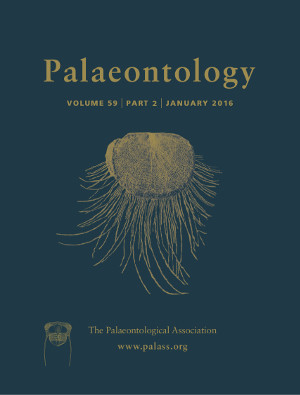Reg. Charity No. 1168330

Estimating the locomotion type of fossil ground birds is necessary for a better understanding of their ecology. Until now, only one method has allowed us to estimate the locomotion of fossil ground birds, but its application is complicated in the majority of fossil cases because it requires data from the three bones from the same hindlimb of one individual. Here, we propose a new method using only the maximum length and minimum width of the tarsometatarsus to estimate the locomotion of these fossil birds. This method is easy to apply and better distinguishes the intermediate cases between graviportal (walking) and cursorial (running) birds. This study shows that the species of large ground birds of the families Gastornithidae and Brontornithidae were all graviportal, probably because of their large body mass. More unexpectedly, it also shows that some Phorusrhacidae (e.g. Paraphysornis), usually described as cursorial birds, were in fact graviportal, probably because of their considerable body mass. All these new data about locomotion provide a better understanding of the ecology of fossil ground birds.